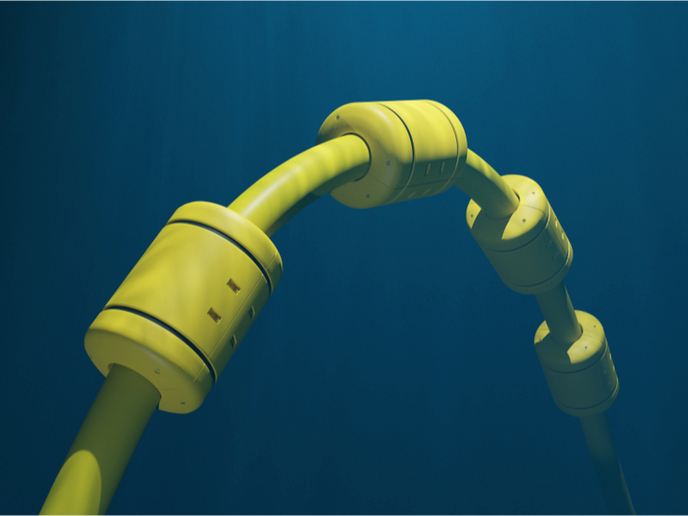Clean up for the city of the Alps
The 'Integrated software for health, transport efficiency and artistic heritage recovery' (Ishtar) project aimed to develop software to monitor the effects of recovery initiatives in eight European cities. The Grenoble case study focused on improved traffic flow and public transport. Grenoble, known as the city of the Alps, suffers from traffic problems due to major roads being wide enough to hold six lanes. Reducing this to four means that bus lanes can be accommodated. By installing new traffic lights, the hope was to reduce car speeds and therefore emissions and noise. Sophisticated monitoring systems were installed to measure noise, speed, pollution and weather conditions which may impact exhaust gas levels. The data was fed into simulation models and results compared with those collected before the EU-funded Ishtar began. Ishtar software, in most cases adapted to the French city conditions, analysed the information. Tools used included geographic information systems (GIS), Davisum for traffic forecasting, ARIA for air dispersion/pollution modelling and an emissions model TEE. Simulations showed that the results of reserved lanes and modified traffic lights led to a reduction in emissions, likely to improve air quality. There was a reduction of noise levels in some areas and particulate matter declined significantly in the short term. Integrated measures like the combination of changes in public transport and traffic flow merit the use of comprehensive monitoring suites. Logging changes and simulations for a range of European cities can give a basis for future studies and an effective clean-up of our urban areas.







